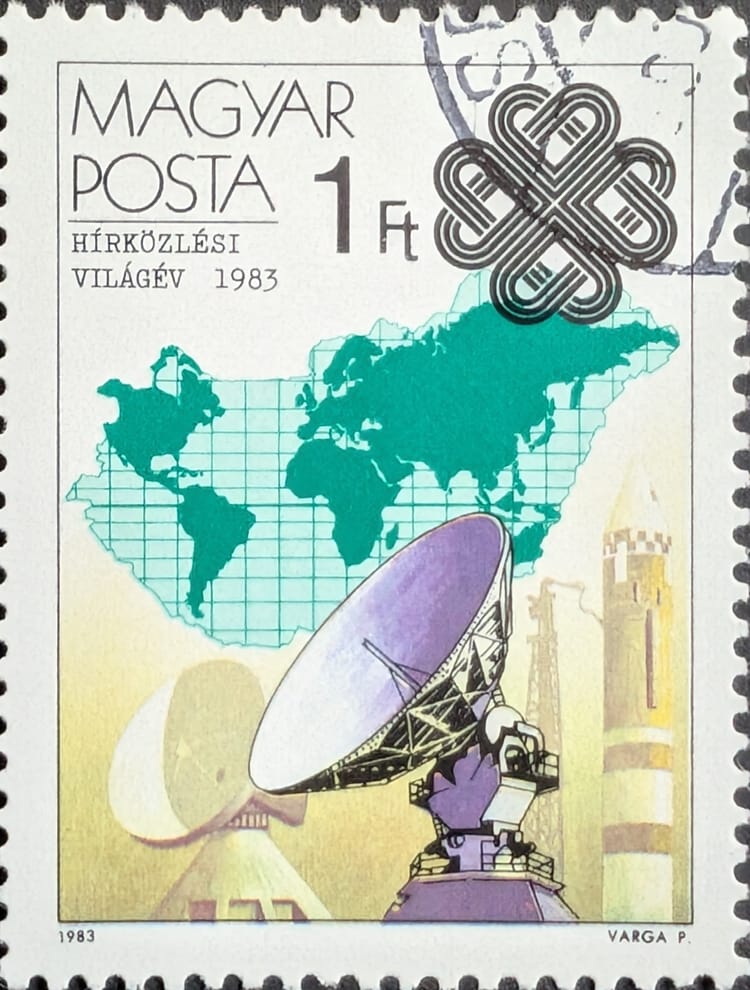Stacking the Deck: Rocket Lab’s Flatellite

Rocket Lab announced its new “flatellite” satellite a few weeks ago. The company’s play on words in its satellite naming conventions aligns with its whimsical mission names. The flatellite appears to be exactly what the name indicates: a flat satellite. It will be the satellite that Rocket Lab uses for its very own constellation. But it also appears that the company will be offering the flatellite bus for:
“A scalable, long-life, high-power, stackable satellite, Flatellite enables secure, low-latency, high-speed connectivity and remote sensing capability for national security, defense, and commercial markets. “
The satellite is the next logical step the company needs to take to offer potential customers something more than another Starlink clone. Rocket Lab mentions defense and commercial operators as possible target customers. However, I suspect it’s more for defense since the release emphasizes the growth of more businesses requiring constellations.
Rocket Lab’s renderings of the flatellite make it appear remarkably similar to a Starlink satellite, except a single satellite occupies one layer in the stack (instead of Starlink’s two). To be fair to the company, one cubesat looks like many other cubesats. And some companies (especially news orgs) just don’t care about a satellite’s shape, publishing stories about GPS satellites or comsats but invariably using a hero image of one of Russia’s GLONASS satellites.

Why the focus on renders?
Rocket Lab, like other space companies, is being cute and hasn’t provided much else about the flatellite. I even stopped by the company’s DC SatShow booth and asked questions about the upcoming satellite. They behaved as if I was trying to dig up company secrets (why is mass such a secret with these companies?) and kept referring me to the press release.
Maybe the flatellite is more fiction than fact now, and it’s difficult to provide facts about fiction. This means that most of this analysis is based on guesses. Flatellite’s existence as Rocket Lab marketing fluff may also mean this entire analysis could end up literally being about nothing.
In the release, Rocket Lab announced that it would launch flatellite on its Neutron rocket (which has yet to launch). It’s shaped so that stacks of up to 16 flatellites (according to the render) can be launched at one time. According to Rocket Lab, that shape contributes to one of the satellite’s key features, which is high launch efficiency. It’s unclear that the flatellite needed to be flat for optimum high launch efficiency, but the shape appears to negate the need for ESPA rings, etc. It might also simplify the company's deployment of the flatellite stacks into orbit.
Based on the rendered number of flatellites placed within Neutron’s fairing (assuming Neutron will be operational this year), a flatellite might mass slightly over 800 kg. But the mass would probably be about 200 kg less (just throwing ideas at the wall), and the mass would depend on the payloads the flatellite hosts.
It’s probably using electric propulsion. Based on Rocket Lab’s recent announcement that it will acquire Mynaric, flatellite will probably have optical crosslinks, too. However, the company has a few years of satellite component acquisitions behind it that certainly help with flatellite’s development and manufacturing.
Meeting and Beating the Competition
All of this might be interesting to some readers. It’s also relevant to remember that Rocket Lab has experience in building satellites. What would the company need to offer with flatellite to make it competitive, maybe even more compelling, than the satellites from potential competitors? To be competitive, I suggest the following:
- A high manufacturing rate.
- Product/service reliability
- Effortless payload integration
- A ground network
- Inexpensive launch access
- A market
To beat competitors, Rocket Lab’s flatellite also specifically requires:
- Access to launch costs less than SpaceX.
- A faster manufacturing rate for customer missions.
- Government contracts.
- Its own satellite operations business (a reason to build hundreds of satellites).
- Less expensive manufacturing costs.
Rocket Lab has yet to demonstrate that it can manufacture any of its satellites quickly, much less as fast as those produced by companies like SpaceX and OneWeb. This fact doesn’t mean it can’t manufacture flatellites quickly, but it shows it is inexperienced in the fast mass-production of spacecraft. It is also unknown whether it can provide its flatellite buses at a cheaper price than its competitors.
Matching SpaceX’s high Starlink production rate of six per day is a high bar for Rocket Lab. However, one satellite per day would still be faster than other potential competitors, such as Astranis, Maxar, and Thales Alenia. If Rocket Lab is already secretly mass-producing flatellites, then it has a bit of a headstart. Usually, companies like showing off their latest work, though.
It also takes quite a few years from a company’s constellation announcement to deployment. For example, Amazon first announced Kuiper in April 2019. However, the company has been riding the struggle bus with getting its Kuiper satellite manufacturing up to speed for years. SpaceX, a company known for moving quickly, still took about five years to deploy its first Starlink satellites after its announcement. It would be a pleasant surprise if Rocket Lab deploys its flatellite constellation within five years (of this year).
Reliability is important, as customers rarely enjoy malfunctions and service outages. But that will have to wait until several flatellites have been deployed and operating. Payload integration to satellite buses could be simpler, perhaps brainless. There’s something to be said about allowing customers to focus only on their product/service and not worry about becoming satellite engineers, too.
The ground network that Rocket Lab will rely on for its constellation and its customers’ satellites is not obvious. Deploying hundreds of spacecraft implies that the company needs to have and operate many ground stations dedicated to Rocket Lab’s satellites. Rocket Lab indicates that its constellation will provide crosslinking and networking. Those capabilities might overwhelm existing commercial ground network options.
Rocket Lab has already advertised that it will be using Neutron to launch its flatellites. It’s also provided a per-launch price of ~$50 million (with a $25 million cost of goods). Launching its own flatellite constellation may be very affordable for Rocket Lab. And, based on SpaceX’s history, Rocket Lab’s Neutron launch costs may come down further. Whether they get below SpaceX’s launch costs remains to be seen since the Neutron has yet to launch.
The last requirements, its satellite operations, a market, and government contracts, are tied together–at least when looking at Starlink. Perhaps Rocket Lab’s flatellite constellation will offer a more compelling, and maybe more importantly, less politically involved satellite service. But Starlink also relies on military contracts, and it’s easy to believe that, based on the military’s desire for redundancy, Rocket Lab’s offering might tempt the DoD and other U.S. government agencies. The NRO might even contract with Rocket Lab for some of its flatellites.
But until flatellites get deployed en masse, that’s all conjecture. Rocket Lab’s flatellite plans are buttressed by its acquisitions, including manufacturing technology and facilities. It has manufactured other satellites already. The Electron rocket is mostly reliable. It takes time for a company to develop and implement assembly lines that produce at least one satellite daily. It will take more time to tweak the satellite to become more reliable. If Rocket Lab manages this, it might provide some competition for SpaceX’s rideshare and, maybe, communication services.
Guessing a company’s product can be fun. It’s sometimes profitable, too! If you’re interested in a consultation, please contact me through LinkedIn.
If you liked this analysis (or any others from Ill-Defined Space), please share it. I also appreciate any donations (I like taking my family out every now and then). For the subscribers who have donated—THANK YOU from me and my family!!
Either or neither, please feel free to share this post!




Comments ()